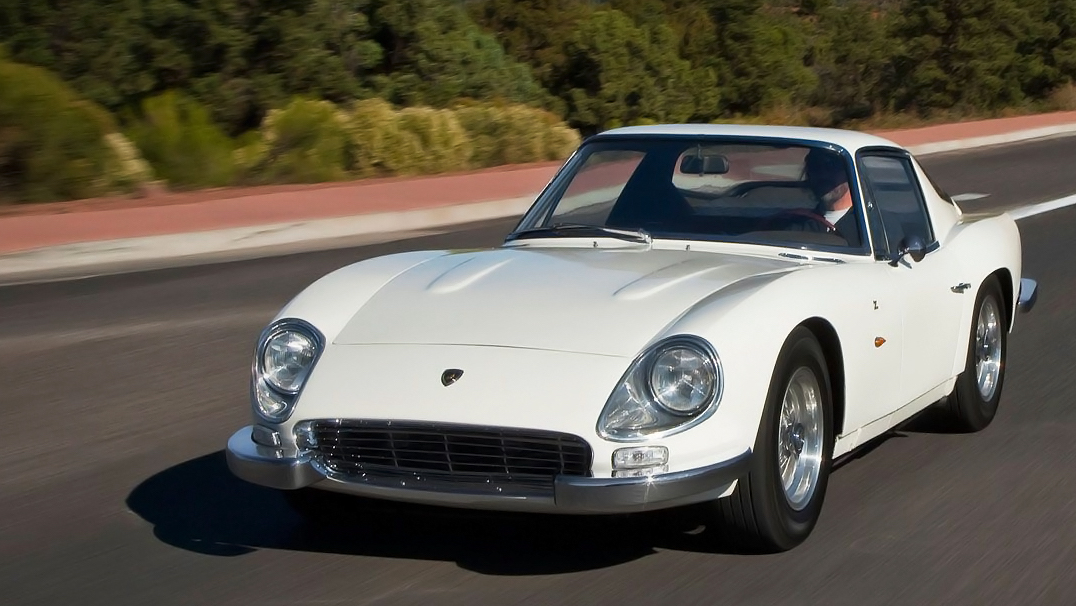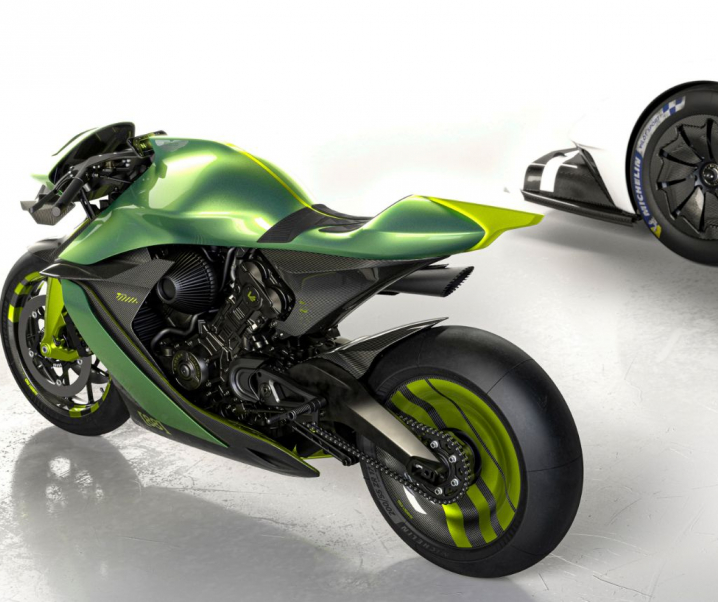1
1
1963: The Lamborghini 350 GTV, Gran Turismo Veloce, is born. It is a response to the excessive noise of the Ferrari 250, the result of an industrial initiative by Ferruccio Lamborghini, who until then had been a manufacturer of agricultural vehicles. The only example produced, in fact, a prototype, remains unsold but is the forerunner, in 1965, of the 350 GT, with an engine designed by Gianpaolo Stanzani (V12 with two overhead camshafts per 3.5-litre bank and 360 hp), chassis designed by Gian Paolo Dallara and bodywork prepared by Carrozzeria Touring.

The premise is necessary to understand the spirit in which the ‘3500 GTZ’ was born. Presented at the 1965 London Motor Show, it inherited its engine from the ‘350 GT’ but enjoyed that extra ‘zeta’ on the model name. The initial of “Zagato”, one of the most prestigious Italian companies for the production of car bodies, is, in fact, a formidable added value. Ugo Zagato, a hard-working man from the Po Valley born in 1890, after a stint as a migrant in Germany, joined Ansaldo, an Italian company at the forefront of warplane production.
D
D
During the First World War, he deepened his knowledge of light and aerodynamic materials, developing the particular skill of refining the balance between wooden and metal parts. In 1919, the year after the end of the war, he founded his body shop in Milan, where he could finally put his previous experience into practice on cars. His body stood out from the stereotypical bodies of his competitors in terms of both technological solutions and lines. The prevailing baroque design gave way to prodromal rationalism; the windscreen, thanks in part to experience in aircraft construction, was tilted functionally and gracefully to offer less resistance to the wind, and the line became ineluctably sporty. Similarly, the interiors were made more sober and easy to read, also by virtue of another value that became a mantra for Zagato, the lowest possible vehicle weight.

On this conceptual basis, later taken up by Ugo Zagato’s sons, the first 3500 GTZ was built in 1965, commissioned by Marchese Gerino Gerini, owner of the Milanese Lamborghini dealership. Suppose the engine, as seen above, is an external factor in creating the car. In that case, the same cannot be said of the bodywork: Ferruccio and Ugo had different expectations that somehow had to be reconciled for their realisation.
I
I
If Lamborghini pushes for a powerful and fast saloon but one for everyday use, Zagato is not hiding its sporting vocation. The designer of the famous Milanese coachbuilder, Ercole Spada, fully grasped the objective, designing a compact shape that was slightly shorter in length than previous Lamborghini models. While reminiscent of the sloping line of the early Zagato bodies, the windscreen is not so sporty as to counter the wishes of the patron of Lamborghini.
The tail has a clear cut, like an authentic coupé, but the rear window is strangely not very vertical, almost horizontal in fact. The headlights at the front have the typical chrome fairing, while the rear ones are round and almost undersized compared to the car’s size.
The “3500 GTZ” was a complete success, and the 1965 London Motor Show made in Italy triumphs with this car that is not overly sporty, not overly saloon-like, not overly luxurious. In keeping with the compromise of a sporty but not overly sporty car, Zagato also renounced one of the company’s traditional aesthetic solutions, a legacy of the old racing models: the two domes on the car’s roof. Even the bumpers, reduced in size for such a powerful, high-speed car, are removable.

Marchese Gerini sold the model in question to an Australian who changed the body colour from white to red and moved the driver’s seat from left to right. It returned to Europe, more precisely to a German owner, in 1999, who restored the colour to the original and returned the driver’s seat to the left. Subsequent appearances have seen it at historic car shows around the world. In silver, Lamborghini produced another example commissioned by Dani Gambirasi, cousin of the then Lancia owner Giampiero Pesenti.

But all trace of it has been lost, shrouded in the usual mystery that traditionally surrounds the most prestigious cars. At this point, some thought must be given to whether Lamborghini should have produced a prestigious car, but only two examples. Indeed, the “settlements” on the bodywork, the subject of negotiations between Ferruccio Lamborghini and Ugo Zagato, in the face of an engine copied from the “350 GT”, make us reflect on the objectives of the Sant’Agata Bolognese company. Nor could the crisis, and subsequent bankruptcy in 1966, of Carrozzeria Touring justify commissioning the bodywork from Zagato.

The “3500 GTZ” was probably an attempt to explore a new sector for Lamborghini, daring different solutions but “with the handbrake pulled”. While contrasting the car’s success with the specialist critics, this interpretation would justify the birth of the most famous model produced by Lamborghini, a milestone in the history of made-in-Italy cars: the Miura.
Edited by Roberto Castellucci
Share











